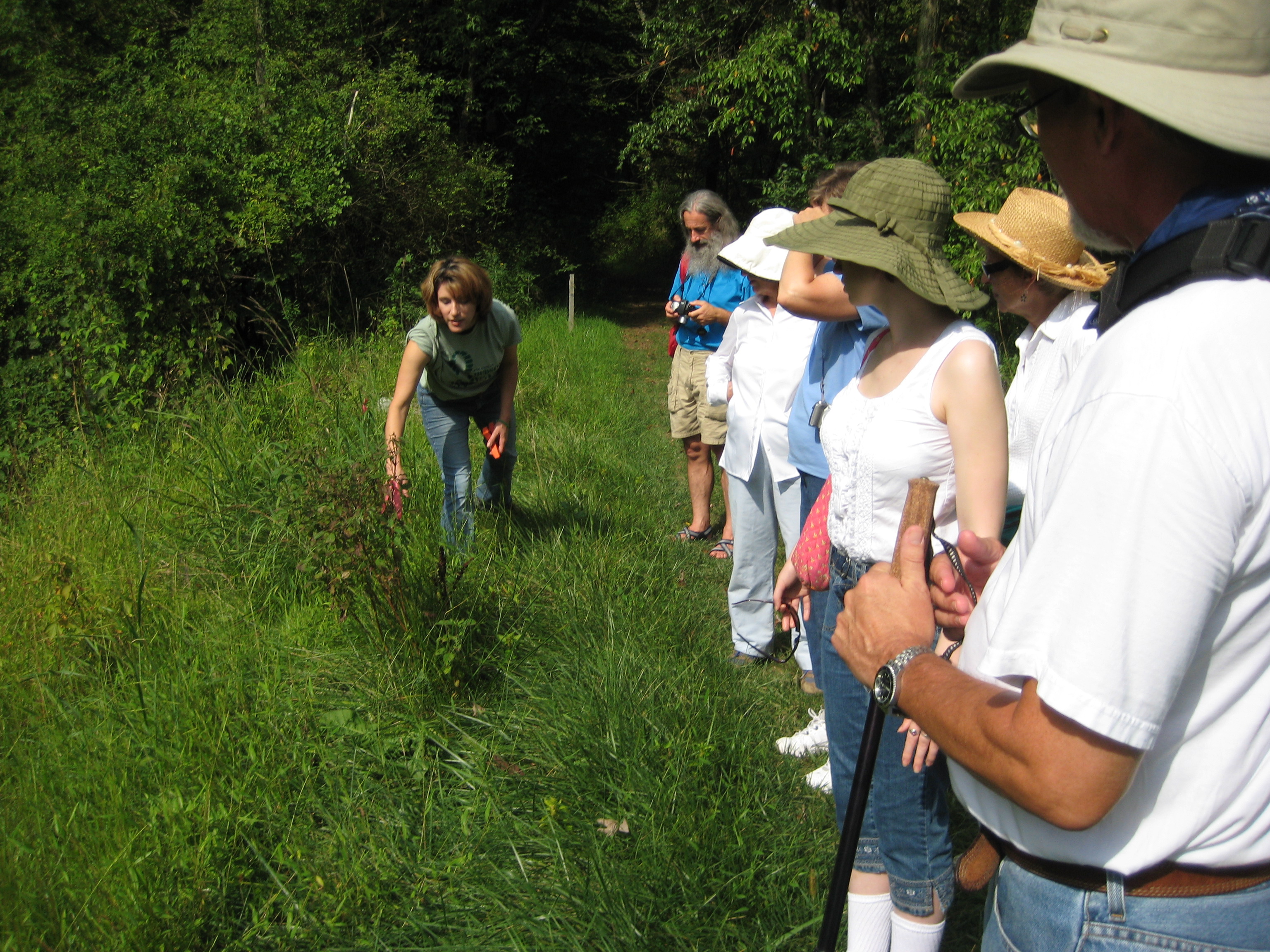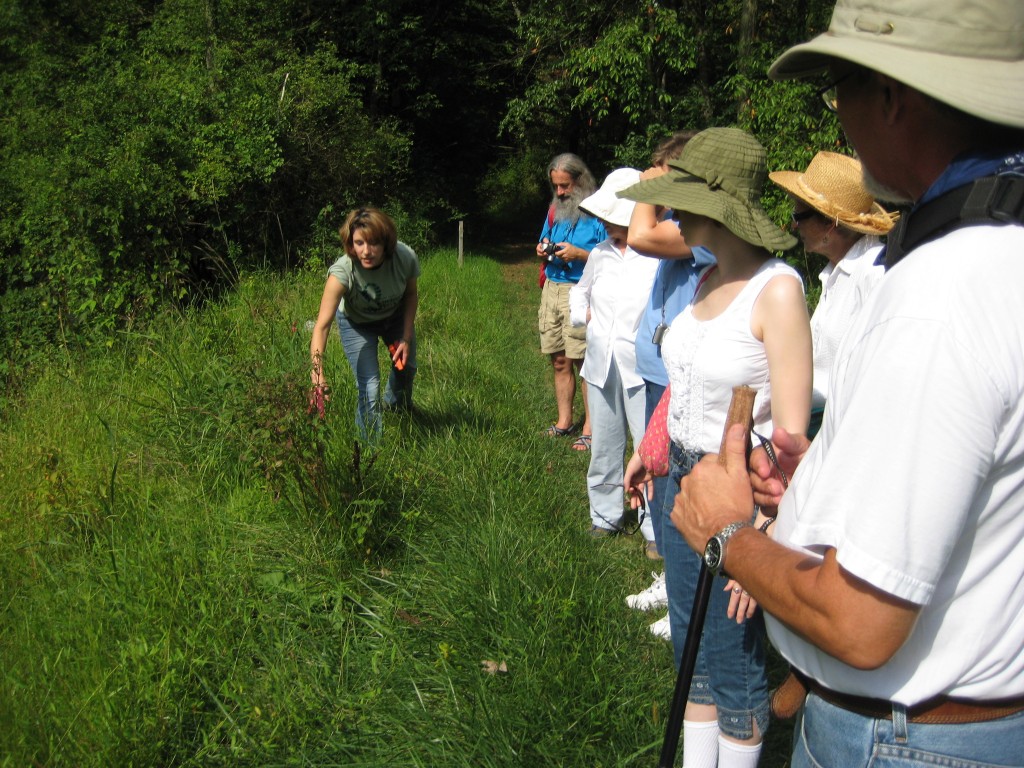

A project conducted through New York State’s Department of Environmental Conservation (DEC) called the “Hudson River Estuary Trees for Tribs” aims to protect water quality in the Hudson Valley area.
Throughout the Hudson Valley, environmental organizations, municipalities, watershed groups and private residents will be participating and volunteering in “Hudson River Estuary Trees for Tribs” projects at 26 different projects sites from October to November.
They will be planting more than 2,500 native trees and shrubs along an estimated 8,000 feet of streams, rivers and tributaries in the Hudson Valley. These projects occur in both the spring and fall.
Their overall plan for this program is to raise community awareness about the importance of riparian buffer restoration and to “restore the vegetation along streams and rivers in the Hudson River watershed to protects water quality, minimize back erosion and provide habitat,” said Michael Bopp, the director of the Office of Public Affairs.
According to DEC’s website, the “Tree for Tribs” program, which began in 2007, offers free native trees and shrubs for “qualifying riparian buffer planting/restoration projects.”
Riparian buffers, which are a vegetated area near a stream, are next to water resources that protect water resources. They are a major component to maintaining healthy streams and waters. These buffers help improve stream health and water quality by filtering and slowing pollution runoff; preventing soil erosion, contributing essential nutrients to the food chain and shading the stream to keep water temperatures down.
An unhealthy riparian buffer that needs restoration usually has plants with weak root systems such as turf grass, invasive plant species such as Japanese Knotweed and solid surfaces. Healthy buffers have many different species of native trees, shrubs and grasses with minimal encroachment and human disturbance, according to the DEC website.
Property owners and other members of the community can protect their streams and buffers by allowing native trees, shrubs and vegetation to grow and reduce pavement, lawn areas and to remove invasive plant species such as weeds.
Buffers also come in handy during natural disasters because they help to absorb flood waters to protect human life and property. The benefits of the “Trees for Tribs” project can help respond to flooding events such as Irene to minimize property loss to landowners living near streams and waters.
Volunteers have completed a project in Gardiner this year on the Wallkill River along Libertyville Road. A couple of the 26 planting project that will take place this fall will be on MacGregory Brook, Muddy Kill, Wallkill River and Wawayanda Creek.
“We are always looking for new landowners to implement future projects in New Paltz and throughout the Hudson Estuary Watershed,” said Bopp.
According to the DEC website, people who want to volunteer for “Tree for Tribs” must submit an application and provide “volunteer labor for planting and annual vegetation monitoring,”
“We accept applications from people who represent riparian sites,” said coordinator Beth Roessler. “Often this means watershed groups, non-profits, municipal representatives and private landowners.”
Applicants are responsible for providing and coordinating local volunteers and maintaining the site.
For more information about stream buffer and the “Trees for Tribs” projects in the Hudson Valley area visit www.dec.ny.gov or call 845-256-2253.

Knowledge about environmental conservation can make a big impact on those who care about protecting planet Earth. Let’s spread the word!